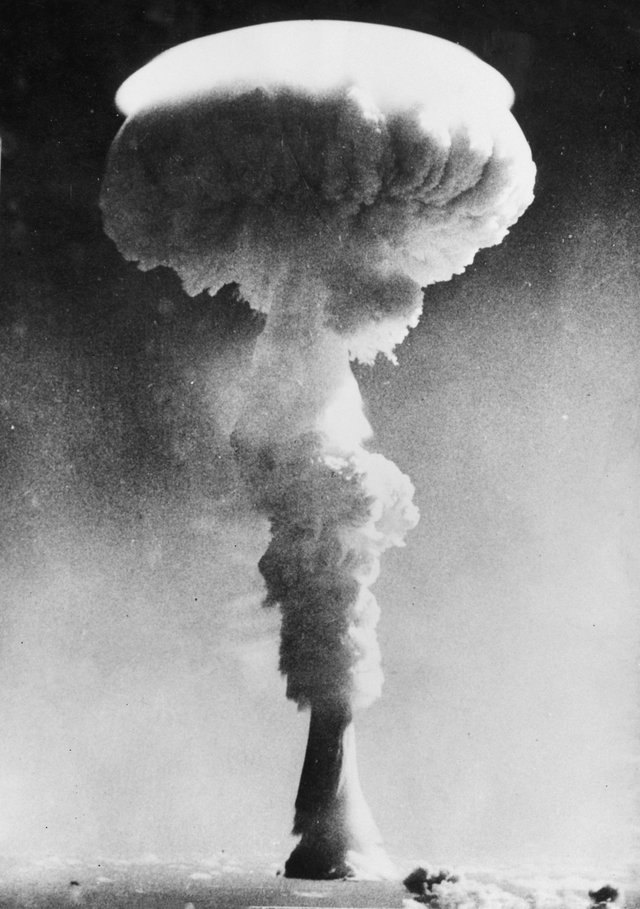British hydrogen bomb programme

The British Hydrogen Bomb Project is the final successful effort of the United Kingdom to develop hydrogen bombs between 1952 and 1958. At the beginning of World War II, Britain had a nuclear weapons project, code-named Tube Alloys. At the Quebec Conference in August 1943, British Prime Minister Winston Churchill and American President Franklin Roosevelt signed the "Quebec Agreement" to include Tube Alloys in the Manhattan Project of the United States. Many top British scientists Participated in the program. The British government believed that the United States would share nuclear technology, which was considered a common discovery, but the American Atomic Energy Act of 1946 (also known as the McMahon Act) ended technical cooperation. Worried about the rise of isolationism in the United States and the loss of Britain's status as a major power, the British government resumed its own development efforts, codenamed "Highly Explosive Research."
In October 1952, the successful nuclear test of the British atomic bomb during the Hurricane Operation was an extraordinary scientific and technological achievement. Britain reaffirmed its status as a major power and became the world's third nuclear power, but hopes that the United States will be impressed by the restoration of its special nuclear relationship will soon be shattered. In November 1952, the United States conducted the first successful test of a real thermonuclear device or hydrogen bomb. Therefore, Britain is still a few years behind in nuclear weapons technology. The National Defense Policy Committee, chaired by Churchill and composed of senior cabinet members, considered the political and strategic significance in June 1954 and concluded: "We must maintain and strengthen our status as a world power so that the government under Ma can exercise Powerful power. [1] In July 1954, the Cabinet agreed to continue the development of thermonuclear weapons.
Scientists from the British Atomic Energy Agency’s Atomic Weapons Agency in Aldermaston, Berkshire include William Penney, William Cook, Ken Allen, Samuel Curran, Henry Hulme, and Brian Taylor and John Ward. They didn’t know how to make a hydrogen bomb, but they produced three designs: Orange Herald, a large enhanced fission weapon; green bamboo, a temporary thermonuclear design; and green granite, a real thermonuclear design. The first batch of tests for Grab involved the first British airdrop of thermonuclear bombs. Despite being hailed as a success at the time, the first test designed by Green Granite failed. The second test verified that the "Orange Herald" is a usable design for a megaton weapon, but it is not a thermonuclear bomb, and its core booster does not work. The third test attempted to correct the "green granite" design, but this was another failure.
In the Grapple X test in November 1957, they successfully tested the thermocore design. The Grab Y test conducted in April of the following year gained most of the benefits from nuclear fusion, and the Grab Z test series later in the same year proved the mastery of thermonuclear nuclear technology. The international moratorium on nuclear testing began on October 31, 1958, and the UK permanently halted atmospheric testing. The successful development of the hydrogen bomb and the satellite crisis led to the US-UK Mutual Aid Agreement in 1958, which restored the special nuclear relationship.